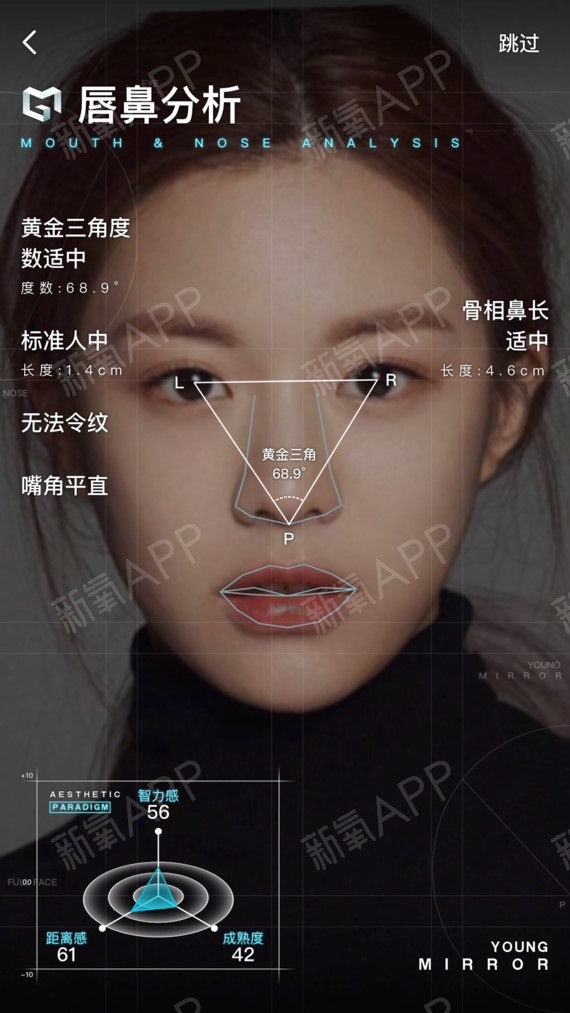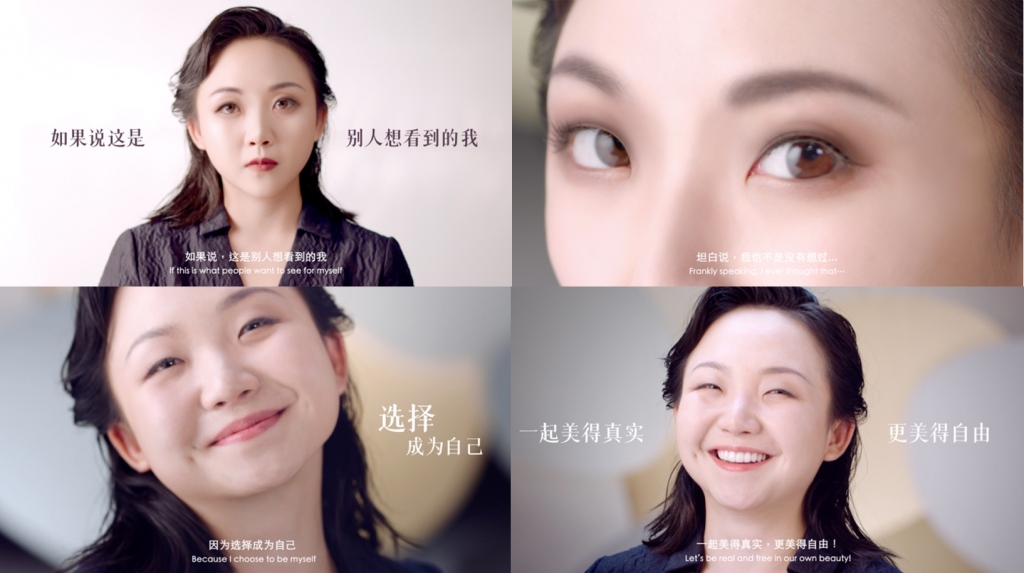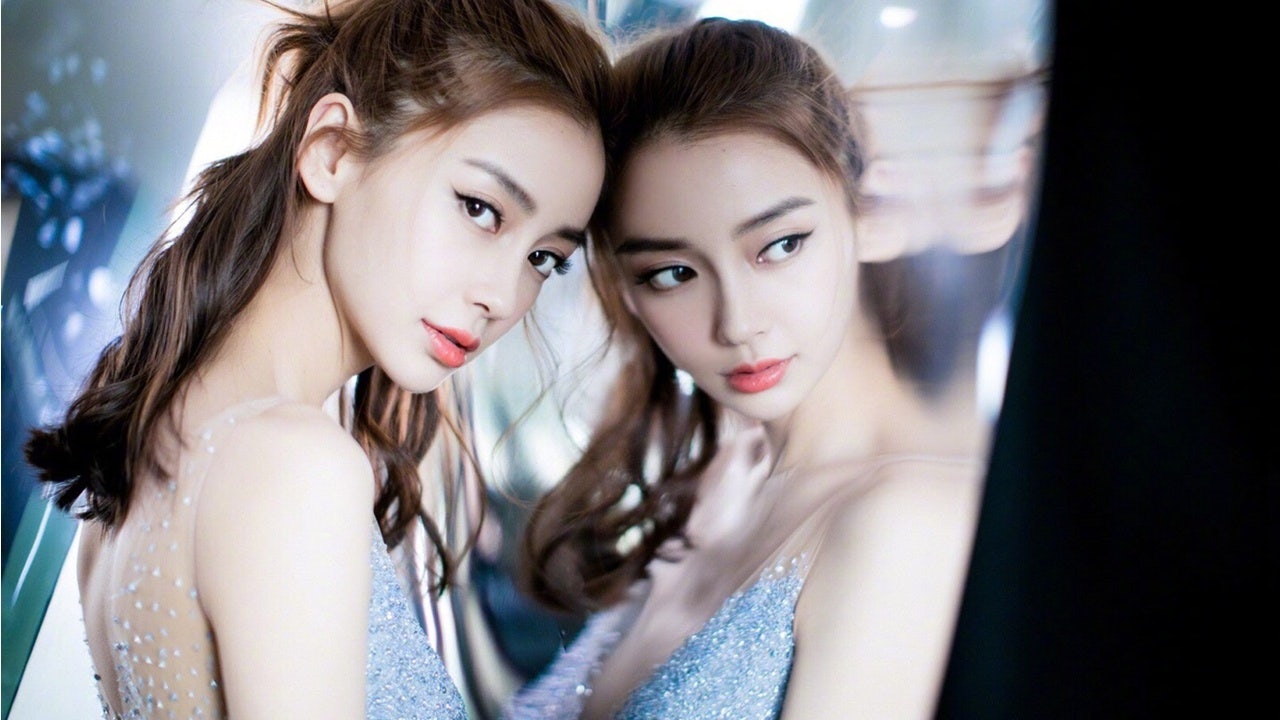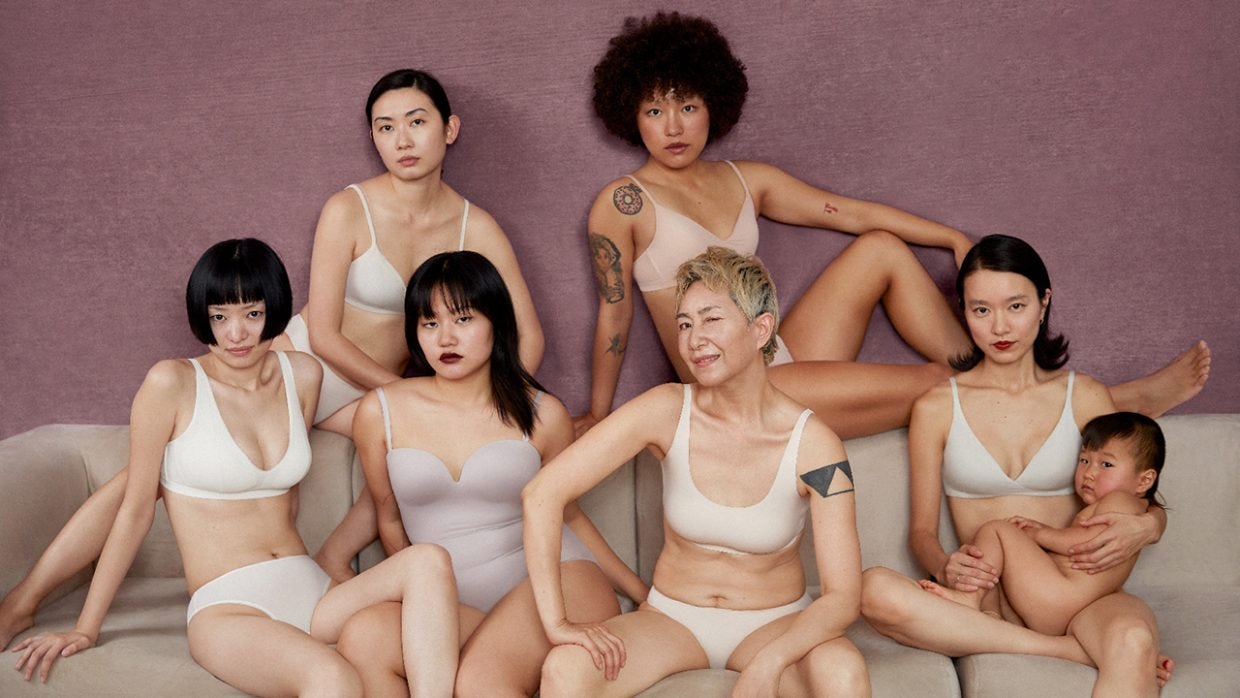Key Takeaways:#
Beauty surgery has boomed in China over the past decade, as more and more beauty consumers feel pressure to conform to China’s rigid beauty standards.
Young China’s beauty ideals differ from the individuality of the West, prizing a “white, thin, teen-looking” aesthetic.
To create a more authentic connection with local consumers, brands must acknowledge the harsh societal standards that Chinese youngsters face and create ad-hoc narratives.
In 2012, after the actress Angelababy — who epitomizes China’s “web celebrity face” culture — was asked if she had ever gone through any surgery by Chinese media, her then-husband Xiaoming Huang immediately denied she had altered her appearance, insisting her beauty is 100-percent natural.
Back then, attempting to improve your looks through any surgical intervention was still widely considered a social taboo. As the Chinese proverb “everything given by your parents is sacred 身体发肤受之父母” states, any intent to alter your natural appearance is a breach of the Confucian filial piety because you shouldn’t see what your parents gave you as “not enough.”
But less than a decade later, plastic surgery has turned from a taboo to a collective craze among China’s younger generations. By 2019, China’s plastic surgery market had been growing at an annual average rate of 30 percent over the past four years — far above the global rate of 8.2 percent. Last year, 5,150 new medical aesthetics institutions opened in the country despite the pandemic, pushing China’s beauty surgery market size past 30.5 billion, which now accounts for 17 percent of the global share. According to the Medical Beauty Market Trends Insight Report, the market should exceed 46 billion by 2023.
Cosmetic surgery platforms have mushroomed over the past decade due to young China’s rising consciousness for looking their best. So-Young, a leading Chinese beauty surgery app, has seen its monthly active users grow from 1.4 million in 2018 to over 8.4 million today. Another app called Gengmei (“get more beautiful” in Chinese) saw its users surge from 1 million to 36 million since 2010.
Long gone is the traditional aversion toward body modification. Instead, “Pretty is Justice,” a Chinese web term that describes how society equates a good appearance with substance, keeps popping up in Chinese media today.
On Weibo, the hashtag #DoYouHaveAppearanceAnxiety, a topic that topped the site’s search bars in 2020, has more than 190 million views, with over 15,000 users posting about failing to catch up with societal beauty standards. In a survey by research firm CBNData, over 80 percent of post-1995-born youngsters expressed a “very high” level of anxiety over their appearance.
In many ways, China’s appearance anxiety is no different from the diffused notion of body image issues among younger generations globally. But China’s crisis is unique in the severity of its beauty standard and its methods of influence. To understand China’s rising young consumers, beauty and fashion brands must acknowledge how the Chinese conception of beauty differs drastically from the Western one.

“White, thin, and teen-looking” is everything#
Contrary to the Kim Kardashian aesthetic, the Chinese beauty standard demands that women have porcelain-white skin, a slender body, and a youthful face. Angelababy, the celebrity actress who set the standard for China's “white, thin, teen-looking” movement, has inspired innumerable women to copy her “web-celebrity face,” which consists of white dewy skin, a small V-shaped face, big round eyes, a pointed nose, and a teenage aura of innocent cuteness.
This beauty ideal is so pervasive it has been internalized by many women who now use sophisticated apps to calculate every procedure they need to achieve that perfect look. For example, on the beauty surgery app So-Young, users can employ a feature called Magic Mirror to assess a facial score based on the mainstream beauty standards and get a detailed to-do list to improve their score. According to the app, the face that gets the most copy-surgery requests from Chinese women is the K-pop star Go Yoon Jung, who perfectly adheres to the preferred sweet, feminine standard.

In recent months, the anxiety to reach these high-level standards has led to the rise of weird and highly dangerous surgeries. Calf reduction surgery (which makes legs more slender), ear enlargement to make the ears more “elf-like” and adorable, and genital reconstructions are new, trending beauty treatments due to women increasingly feeling pressure to better every bodily detail.
Saying “you are enough” is not enough#
Because of these growing standards, China’s anxiety-stricken beauty consumers need a narrative tailored to their particular circumstances. Unfortunately, a one-for-all campaign message, such as “you are enough” or “be comfortable with yourself,” may fail to create resonance in China’s beauty culture.
While the “you are enough” sentiment has become a staple of the Western beauty and wellness industry, these messages may sound hollow and tone-deaf to Chinese youngsters who live under a much stricter set of beauty standards. Unlike Western body image issues, which focus on socially-imposed body insecurities, China demands women conform to a single beauty ideal. And with today's boundless apps and medical technologies, you will only be considered ugly because you've been lazy about your appearance.
Local brands have acted fast to lead conversations on image issues by acknowledging the harsh social conditions facing Chinese women today. For example, Neiwai, a local underwear brand, launched the campaign “No Body Is Nobody” in 2020 to show that women of different ages and body types can be comfortable with their appearance. In July this year, C-beauty label CHANDO collaborated with ex-Olympics diving champion Wu Ming Xia to insist that “being yourself is fire.”
Big beauty players have also started to develop culture-specific stories to create a more authentic connection with China’s beauty audience. Last month, Olay collaborated with the comedy star Lamu Yangzi on the campaign Who Gets To Decide If I Am Pretty Or Not? The campaign video wittily explored the psychological impact of strict societal beauty standards on young women, with Lamu Yangzi showing "expectation versus reality” versions of herself and, in the end, wholeheartedly embracing the latter.

Despite its limitations, these campaign narratives function as points of resistance that give China’s beauty consumers a long-awaited break from the Chinese media's overwhelming body conformity message. As appearance anxiety continues to mount, it has become clear this audience desperately wants to see more stories reflecting their struggles.

